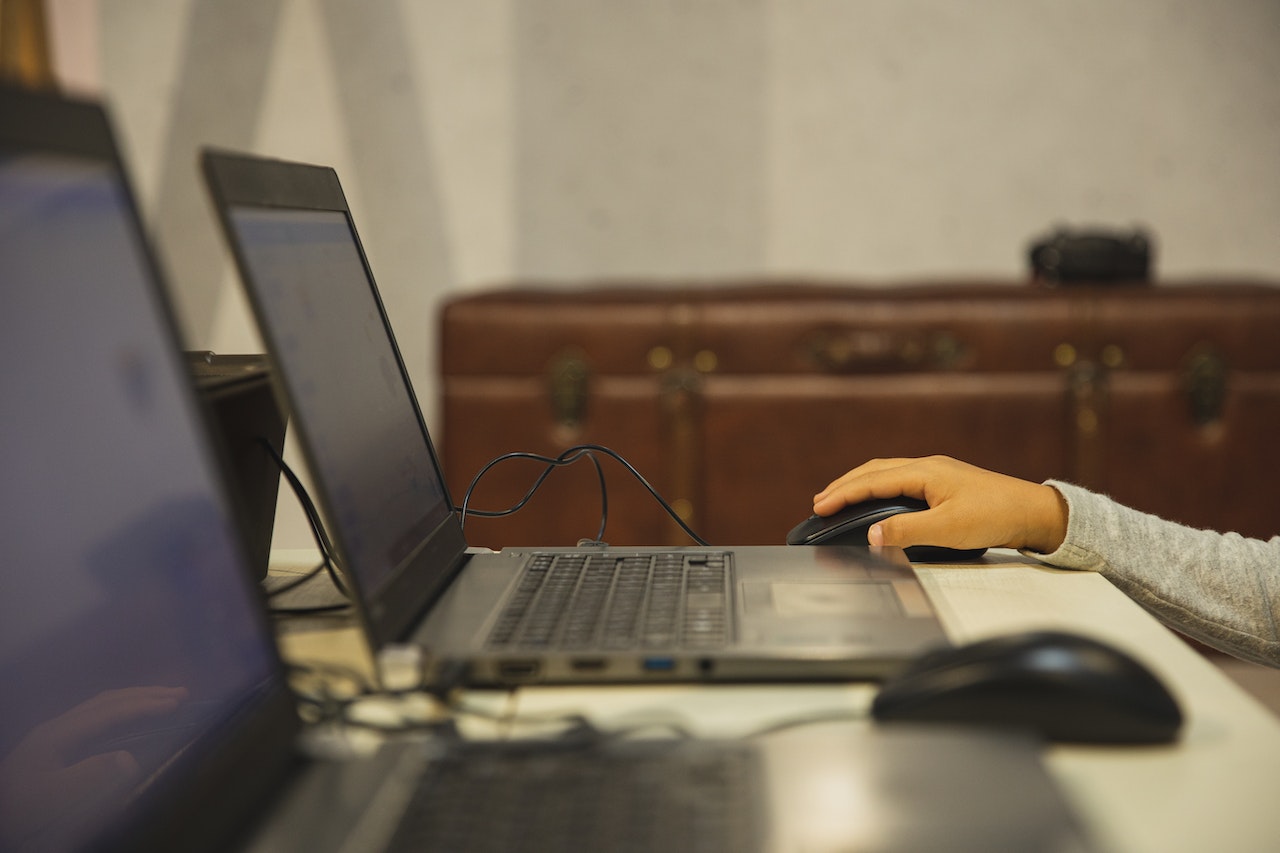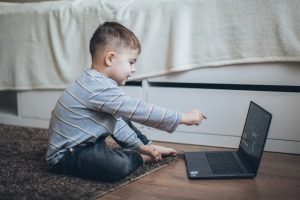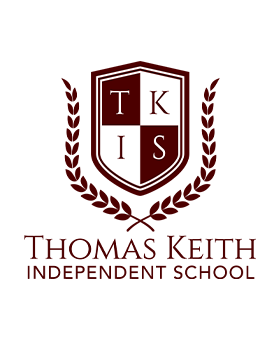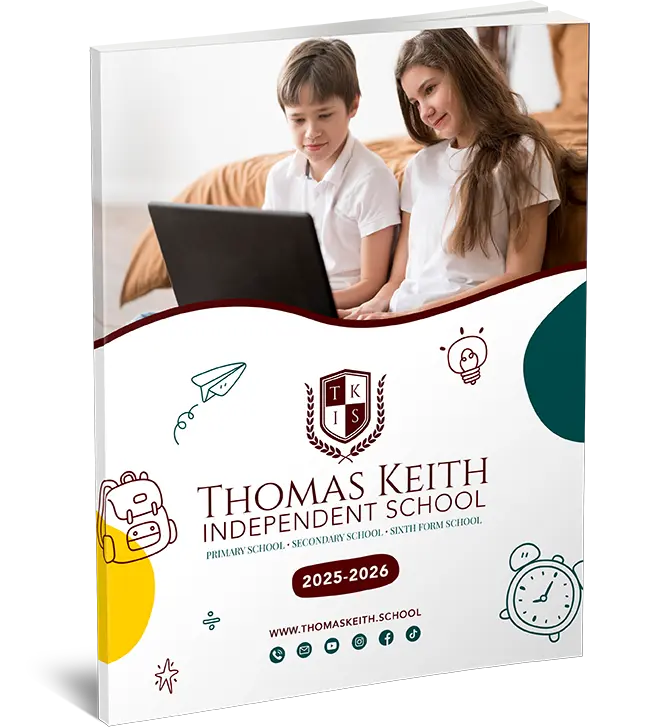
UK Online Primary Education and Digital Literacy
UK primary school kids are increasingly learning online. Digital literacy must be taught early to succeed in this digital world. Digital literacy involves finding, assessing, creating, and sharing information ethically online. In online school primary uk education, digital literacy is crucial. Parents and educators can help kids become confident, responsible, and educated digital citizens by using the following tactics.
- Internet Safety and Responsibility
Teach kids internet safety and digital responsibility. Teach children about online privacy, sharing personal information, and the repercussions of irresponsible online behaviour. Promote respect and digital citizenship. Use strong passwords, avoid strange websites, and report suspicious online information. Children can confidently explore the internet by learning about internet safety and responsible use. - Critical Thinking
Help kids evaluate online material for legitimacy, reliability, and accuracy. Teach students to separate fact from opinion, identify biased sources, and cross-reference information from multiple sources. Ask them to check the information before accepting it. Help evaluate website credibility, author credentials, and publishing dates. Critical thinking helps kids avoid disinformation and digital manipulation.

- Promote Digital Research
Help kids learn digital research. Teach them search engines, online databases, and credible instructional resources. Show them how to use keywords, filters, and advanced search strategies to uncover relevant information efficiently. Help them organise and cite their sources for academic integrity. Digital research skills help kids obtain reliable and relevant material for learning. - Media Literacy
Help kids comprehend and evaluate media. Teach students to recognise persuasion, bias, and media intent. Encourage critical thinking about news, videos, and ads. Engage in conversations about how media shapes society and influences our beliefs. Children learn media literacy and develop a healthy scepticism of altered or deceptive content. - Practise Online Communication
Help kids master online communication. Teach children online etiquette, respectful and responsible communication, and the implications of online interactions. Encourage them to participate in collaborative online platforms like discussion forums or instructional websites to share ideas with peers. Communicate clearly and concisely online while considering tone and context. Children can behave well in online learning by mastering online communication skills. - Digitise Creativity and Collaboration
Encourage digital creativity and collaboration in kids. Introduce kids to creative tools like digital storytelling apps, coding platforms, and multimedia creators. Encourage peer collaboration on digital projects to build cooperation, problem-solving, and communication skills. Allow them to showcase their work and gain feedback. Digital creation and collaboration teach kids self-expression and adaptation. - Teach Cybersecurity and Privacy
Educate children on internet security and the importance of safeguarding their privacy online. Teach children to use strong, unique passwords and not share personal information online. Help children realise the risks of online interactions with strangers and cyberbullying. Discuss protecting personal devices and accounts, updating software, and using trusted security methods. Teaching digital security and privacy to children protects them online. - Digital Responsibility
To guide children, parents and educators must behave responsibly online. Show ethical online behaviour, privacy, and healthy digital interactions. Teach kids to think critically, respect others, and use technology for learning and productivity. Adults may inspire youngsters to behave responsibly online by modelling it. - Parental Guidance
Parents play a crucial role in shaping children’s digital literacy skills. Discuss online experiences, address problems, and offer advice. Set age-appropriate screen time, internet activity, and website/app access rules. Review and track their online activity. Parents may make their children’s online education safe and supportive by supervising and guiding them. - Stay Current
Follow primary school education developments, innovations, and online platforms. Update internet safety, digital tools, and instructional resources. Discuss digital literacy with your child’s school and collaborate on learning ideas. Parents and educators can adjust their advice and support for online primary school education by staying informed.

In the digital world, online primary school education must teach digital literacy. Children can confidently explore the internet by learning internet safety, critical thinking, and responsible digital behaviour. Digital research, media literacy, creativity, and cooperation help kids become informed digital citizens. Parents and educators may foster children’s digital literacy abilities and prepare them for lifetime learning and success by guiding, supervising, and remaining informed.
UK students celebrate online primary school graduation. It’s crucial to evaluate future steps and negotiate educational routes as kids move from online learning to the next part of their education. This article will discuss the possibilities and prepare kids and parents for life after UK online primary education. Students can succeed academically by recognising their options and making informed selections.
After online primary education, most students go to secondary school. Moving from primary to secondary school is typical. Start by investigating local secondary schools and their admissions processes. Open days and virtual tours reveal the school’s mission, curriculum, and facilities. To learn, talk to teachers, students, and parents. List chosen schools and meet application deadlines. You can find a secondary school that meets your child’s requirements and goals by researching and preparing.

Selecting the Right School: When choosing a secondary school, examine academics, extracurriculars, facilities, location, and ethos. Discuss your child’s interests, strengths, and aspirations in choosing a school. Attend open evenings or virtual events hosted by potential secondary schools to learn more about their educational method. Visit the school to see the atmosphere and meet staff and students. Ask primary school teachers for advice. You build your child’s education by choosing the right school.
Explore Different Educational Tracks: Secondary school offers many educational tracks for different interests and professional goals. Learn about typical academic, vocational, and specialised programmes. Find schools that offer courses that match your child’s interests and ambitions. Discuss job options with your child and how different school courses might help them. You may help your child succeed in their passions by evaluating several educational paths.
Consider Additional Support: If your child needs extra help or has particular educational requirements, look at schools with specialised programmes. Find schools with excellent SEN departments or services for students with learning disabilities. Attend open SEN school or unit events to learn about support. Discuss your child’s needs with the school’s SEN coordinators. Consider additional support to help your child succeed academically and personally.
UK students have many options after online primary school. You may make educated decisions that meet your child’s needs and aspirations by studying secondary schools, educational pathways, and support options. Support, open communication, and reassurance are crucial throughout this transitioning stage, whether your kid goes to secondary school, further education, apprenticeships, or personalised learning pathways.







